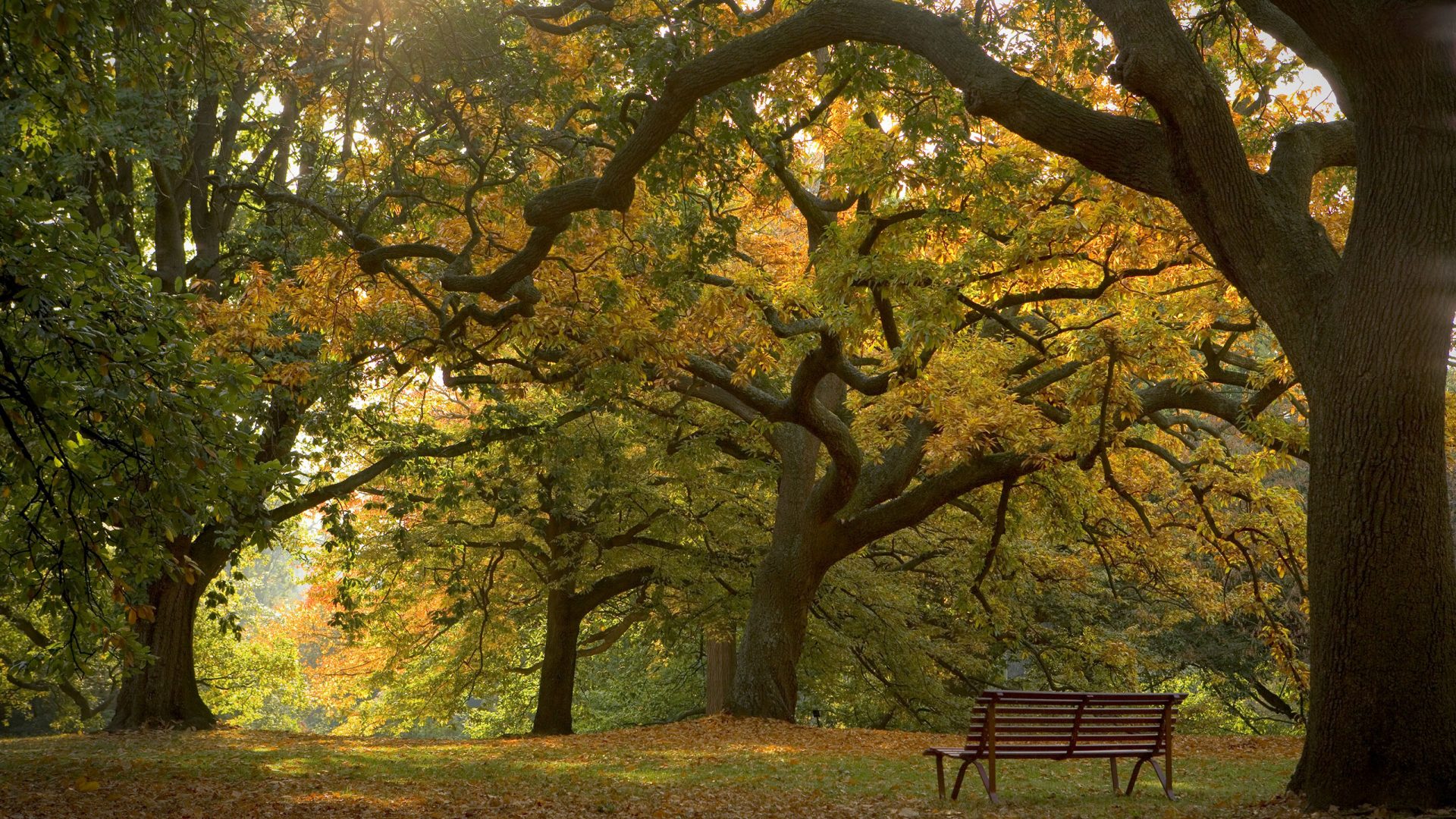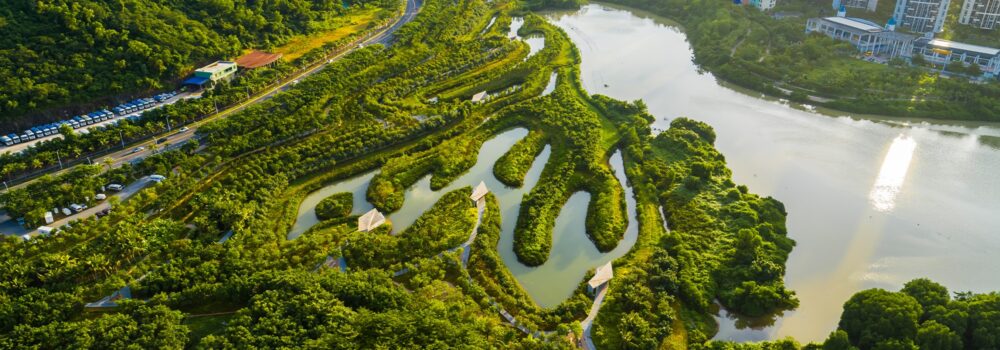The ‘sponge cities’ concept for addressing climate change that is accelerating urban flooding was championed by the Beijing-based landscape architect Kongjian Yu, the most recent winner of the Cornelia Hahn Oberlander International Landscape Architecture Prize. It was the inspiration for Soak It Up, a global summit about combatting climate change with landscape architecture, organised by The Cultural Landscape Foundation (TCLF).
As part of this initiative TCLF has created a suite of five interviews with landscape architects working at the intersection of water management and design. They are Kongjian Yu, a Harvard-educated Chinese landscape architect who has championed the idea of “sponge cities” to mitigate urban flooding; Herbert Dreiseitl, who works with the German firm Dreiseitl Consulting, as a landscape architect, urban designer, water artist, interdisciplinary planner, and is a visiting professor at the National University of Singapore; Jasper Hugtenburg, a senior landscape architect and project leader with H+N+S Landscape Architects, in the Netherlands; Mia Lehrer, Fellow of the American Society of Landscape Architects, who founded Studio-MLA with a vision to improve the quality of life through landscape; Kotchakorn Voraakhom, the CEO and founder of Landprocess and Porous City Network, a Thai landscape architect.
Taken together the interviews provide a global cross-cultural picture of climate adaptive strategies. Each 30-to-40-minute presentations is organised around five common topics:
1. The origin stories of the speakers, specifically how they found their way to landscape architecture and when they realized this profession would be their life’s work.
2. How the practitioner got involved in water management issues, how their work developed over time, current water management challenges in their region, and unique geographic and cultural considerations.
3. The general approach to uniting design with water management and the aspects of water management with which they’ve been involved (e.g. rivers, coastal erosion, sea level rise, etc.);.
4. A description of two to three specific projects that illustrate the speaker’s approach and design philosophy, and reflections on how they measure success in these projects.
5. Closing thoughts where the practitioner addresses the import of landscape architecture in addressing contemporary environmental and social challenges and why landscape architects should lead this charge.
Watch now on YouTube: https://www.youtube.com/playlist?list=PL6K1HBuaqHQRlJRvOqaGTJf_c9yaHb0Yo


